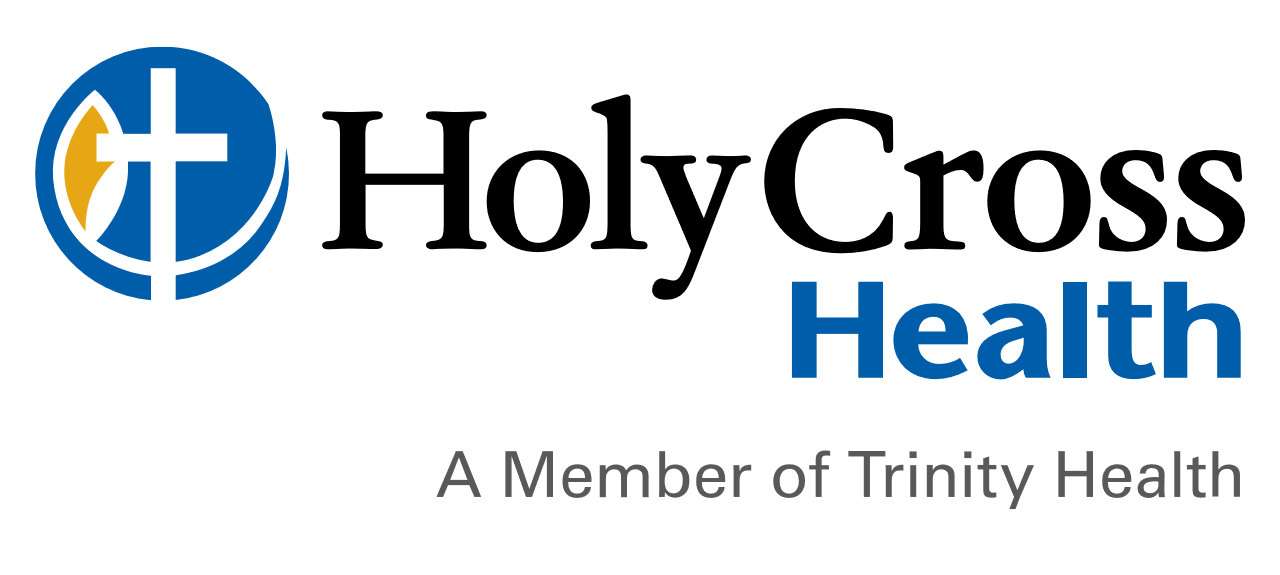Acessa Laparoscopic Radiofrequency Ablation for Fibroids
January 24, 2024By: Staff Writer
Categories: Healthy Living, Womens Health
Minimally Invasive Treatment Alternative to Hysterectomy or Myomectomy
Every year, approximately 540,000 hysterectomies are performed for non-cancerous conditions, including uterine fibroids.1
Now, Holy Cross Health offers the Acessa ProVu® system, a safe and effective minimally invasive alternative for women with symptomatic fibroids who would otherwise require a hysterectomy, laparoscopic myomectomy, or uterine fibroid embolization. 2,3
The Acessa Laparoscopic Radiofrequency Ablation (Lap-RFA) is the first and only system to utilize radiofrequency ablation, laparoscopic ultrasound, and guidance mapping to treat women suffering from uterine fibroids. The potential patient benefits include returning home from the hospital on the same day as the procedure, lower interoperative blood loss compared to hysterectomy and myomectomy, and quick recovery time as patients typically return to work within 4-5 days. 2,3
The Acessa procedure’s laparoscopic ultrasound and guidance mapping also allows the surgeon to visualize and treat more fibroids. In clinical studies, the Acessa system’s laparoscopic ultrasound can locate 1.5-2x more fibroids than MRI or transvaginal ultrasound.2 This allows for patients to receive treatment for fibroids that may have previously been undetected.
“We are excited to add the Acessa ProVu system to our portfolio, which will provide women suffering from fibroids with more options that fit their needs and lifestyle and can help restore their quality of life,” said Dr. Tiffannie S. Walker, Chief of OB/GYN at Holy Cross Health. “This is another important step in advancing our minimally invasive surgical solutions for the patients we serve.”
Dr. Walker and Dr. Angelle Brebnor are board certified OB/GYNs at Holy Cross Health. Both completed training on the Acessa procedure in 2023. Since then, they have treated multiple patients who have had excellent results. This new service is made possible through philanthropic support.
To schedule an appointment, call 954-229-6000.
About the Acessa procedure
The Acessa procedure is a minimally invasive, outpatient treatment that involves two small abdominal incisions.1 It uses controlled radiofrequency energy, heat, to cause coagulative necrosis of the fibroid tissue. The treated tissue softens and shrinks over time, allowing fibroid symptoms to resolve with no suturing of the uterine tissue.2 Unlike many alternative interventions, the Acessa procedure optimizes imaging of the uterus by simultaneously displaying the laparoscopic camera view and the ultrasound view in real-time, so physicians can identify and treat nearly all locations of fibroids, including those outside the uterine cavity and within uterine walls.2 Women typically experience minimal discomfort after the procedure, quick return to normal activities in 4-5 days, and long term satisfaction and relief.1,2
Sources:
1. Leroy Edozien, MD. Hysterectomy for Benign Conditions. National Center for Biotechnology Information. Accessed August 4, 2020, https://www.ncbi.nlm.nih.gov/pmc/articles/PMC558440/
2. Yelena Havryliuk, MD, Robert Setton, MD, John Carlow, EdD, MPH, Barry D. Shaktman, MD, Management of symptomatic fibroids: review and meta-analysis of the literature (2006 -2016), Journal of the Society of Laparoendoscopic Surgeons, Vol. 21 (3) Jul-Sept 2017
3. SG Chudnoff, et al. Outpatient Procedure for the Treatment and Relief of Symptomatic Uterine Myomas. Obstetrics and Gynecology, 2013;121(5):1075–82.
Notes and Disclaimers
Results may vary
There are potential risks associated with the Acessa procedure. It may not be appropriate for all patients and all patients may not benefit. For information about the indications, contraindications, warnings, and precautions, visit: https://bit.ly/38HJhvR. Rx Only.
Although many patients may benefit from the Acessa procedure, this treatment is not for everyone and results may vary. Patients should talk to their doctor about the potential benefits and risks and whether this treatment is right for them. Information contained in this article is not to be used as a substitute for talking to your doctor. You should always talk to your doctor about diagnosis and treatment information.
Physicians neither pay nor receive any fees in connection with their listing on in this article
This document is for informational purposes only and is not legal advice or official guidance from payors. It is not intended to increase or maximize reimbursement by any payor. Hospitals and physicians are solely responsible for being in compliance with Medicare and other payor rules and requirements for the information submitted with all claims and appeals. HOLOGIC does not warrant or guarantee that the use of this information will result in coverage or payment for any particular therapy. Before any claims or appeals are submitted, hospitals and physicians should review official payor instructions and requirements, should confirm the accuracy of their coding or billing practices with these payors and should use independent judgment when selecting codes that most appropriately describe the services or supplies provided to a patient. ICD-10 codes and CPT codes and descriptions only are copyright by the American Medical Association. All rights reserved. The American Medical Association assumes no liability for data contained or not contained herein.
